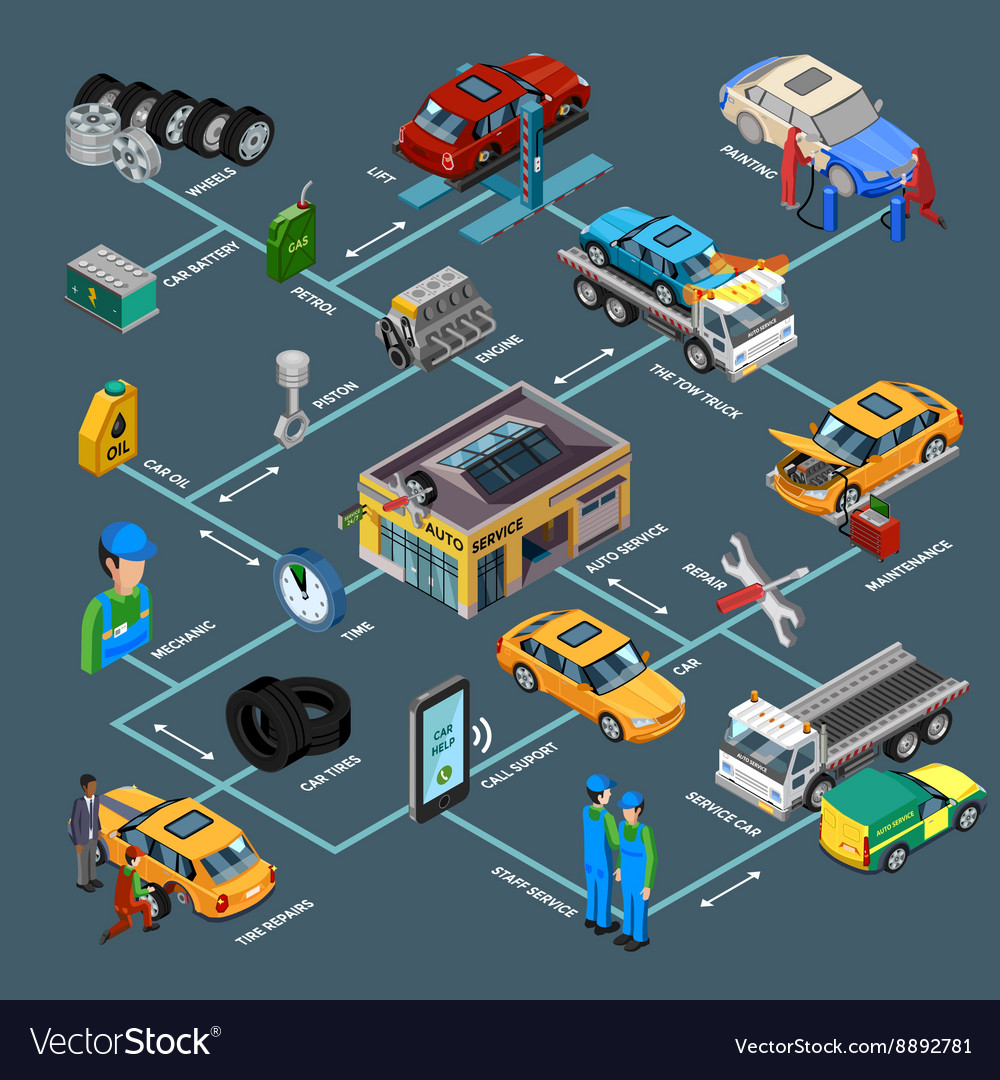Understanding The Meaning Behind Your Car'S Warning Lights: An In-Depth Appearance
Understanding The Meaning Behind Your Car'S Warning Lights: An In-Depth Appearance
Blog Article
Write-Up By-Vinson Shepherd
When you lag the wheel, those glowing caution lights on your control panel can be a little bit puzzling. Do you recognize what they're attempting to inform you regarding your vehicle's health? Understanding the relevance of these lights is vital for your safety and the longevity of your car. So, the following time among those lights pops up, wouldn't you wish to decode its message accurately and take the needed actions to resolve it?
Common Caution Lighting and Interpretations
Determine usual warning lights in your automobile and recognize their definitions to make sure risk-free driving.
One of the most typical caution lights consist of the check engine light, which signals problems with the engine or discharges system. If this light begins, it's vital to have your lorry inspected without delay.
The oil stress alerting light indicates low oil stress, needing instant interest to prevent engine damage.
A flashing battery light might recommend a malfunctioning billing system, potentially leaving you stranded otherwise dealt with.
The tire stress surveillance system (TPMS) light alerts you to low tire pressure, affecting car security and gas efficiency. Disregarding this could result in harmful driving problems.
The ABS light indicates a trouble with the anti-lock braking system, jeopardizing your capacity to quit promptly in emergencies.
Lastly, the coolant temperature level cautioning light warns of engine getting too hot, which can cause extreme damage if not settled quickly.
Understanding these usual caution lights will certainly aid you deal with issues promptly and maintain risk-free driving problems.
Relevance of Prompt Attention
Understanding the usual caution lights in your automobile is just the first step; the importance of promptly addressing these cautions can not be emphasized enough to guarantee your safety and security when driving.
When a caution light illuminates on your control panel, it's your vehicle's way of communicating a prospective issue that requires interest. Neglecting these warnings can result in much more extreme troubles later on, compromising your safety and security and potentially costing you much more in repairs.
Prompt attention to warning lights can stop malfunctions and accidents. For https://oil-change-services73840.blogdanica.com/32040461/learn-just-how-eco-friendly-cars-and-truck-detailing-items-can-raise-your-car-s-luster-while-securing-the-planet-discover-the-sustainable-alternatives-waiting-on-you , a blinking check engine light can suggest a misfire that, if left ignored, could create damage to the catalytic converter. Addressing this promptly can save you from a costly repair.
In a similar way, a brake system alerting light may signify low brake fluid or worn brake pads, vital elements for your security when driving.
Do It Yourself Troubleshooting Tips
If you discover a caution light on your dashboard, there are a couple of DIY fixing tips you can attempt prior to looking for professional assistance.
The first step is to consult your vehicle's guidebook to understand what the particular caution light indicates. In some cases the concern can be as easy as a loose gas cap causing the check engine light. Tightening the gas cap may settle the problem.
An additional usual issue is a reduced battery, which can set off numerous advising lights. Inspecting the battery connections for rust and guaranteeing they're safe might fix the issue.
If a warning light lingers, you can try resetting it by disconnecting the car's battery for a couple of mins and then reconnecting it. Furthermore, examining car wash interior , such as oil, coolant, and brake fluid, can aid fix warning lights connected to these systems.
Final thought
Finally, comprehending your cars and truck's caution lights is vital for maintaining your car running efficiently and securely. By promptly addressing these informs and recognizing what they suggest, you can avoid pricey fixings and prospective break downs.
Bear in mind to consult your car's guidebook for particular details on each cautioning light and act as necessary to ensure a hassle-free driving experience.
Remain informed, stay risk-free when driving!
